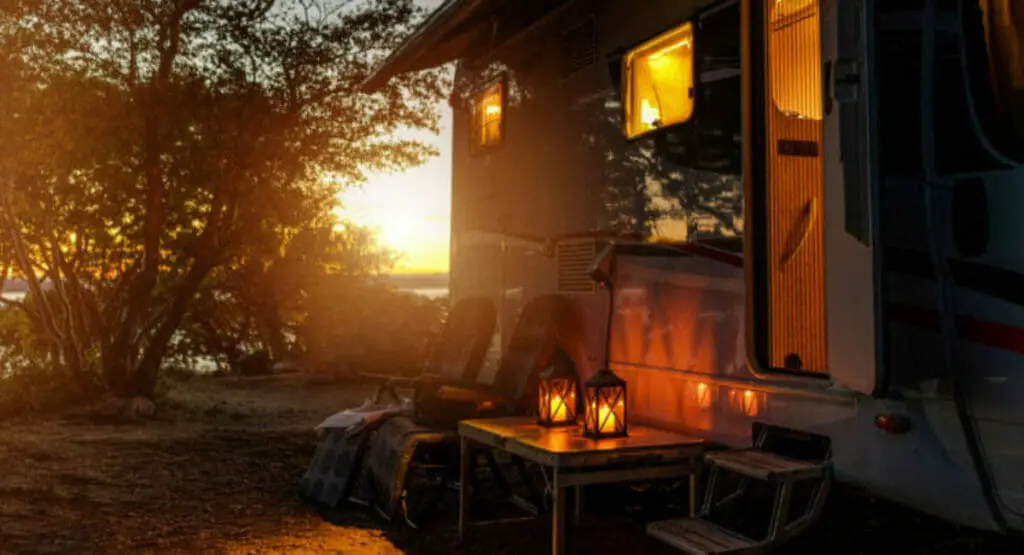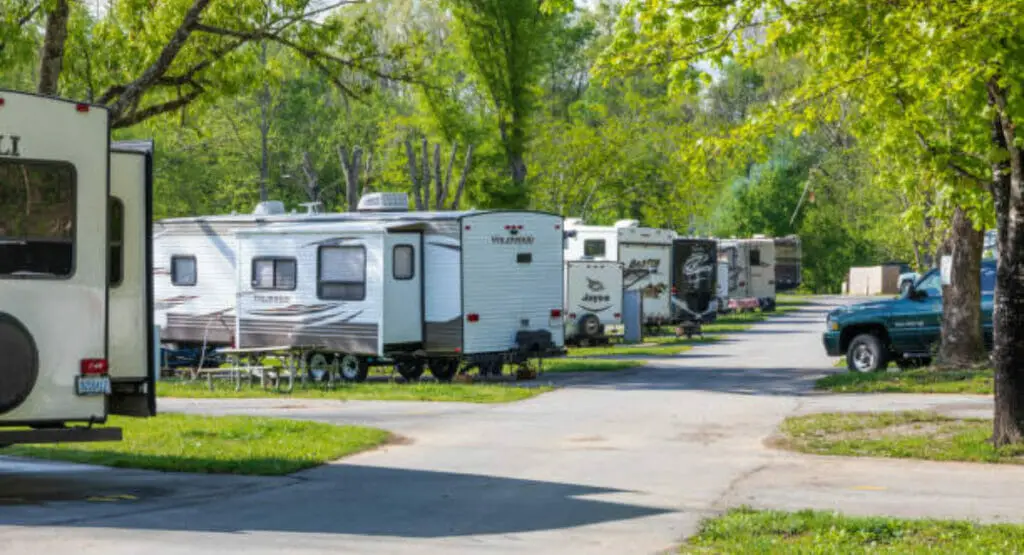The RV covers are intended to keep the outdoors out of your RV’s vents while still allowing air to circulate inside.
RV vent covers, in addition to insulating your vents, may help keep your RV cooler in hot weather by allowing air to circulate through the vents without allowing direct sunlight in. These can also help enhance the air quality inside your RV by preventing insects and other tiny critters from entering via the vents. Covers protect the RV from rain, snow, and debris. They also serve to protect the vents from UV radiation from the sun.
RV vent covers come in a variety of styles, including hinged covers, snap-on covers, and slide-in covers. Some vent covers are designed to fit certain vent models, but others are more general and may be used with a number of vent types. Adding a vent cover is a simple and cost-effective way to extend the life of your RV’s vents while also improving overall comfort.
There are several types of RV vent covers available on the market. Here are some of the most common types:
1. Hinged Vent Covers:
These are covers that are hinged to the vent of the RV. These covers are hinged to the vent, making it simple to open and close the cover for quick access to the vent as needed. Hinged vent covers are a dependable and practical way to protect your RV’s vents while still preserving high air quality inside your vehicle.
To match the style and decor of your RV, hinged vent covers come in various colors and materials. Some of them are even UV-resistant to prevent fading and discoloration over time. They can be made of plastic, metal, or various other materials.
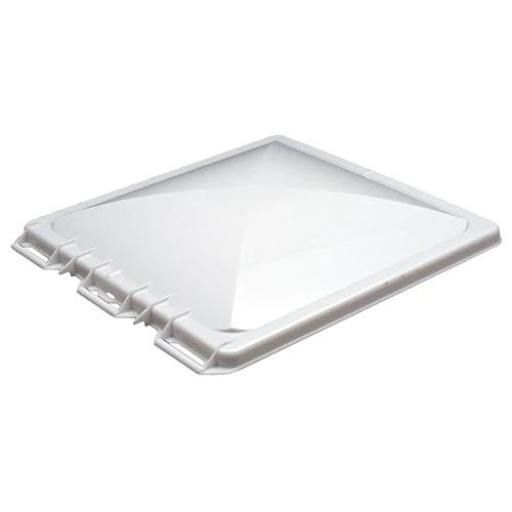
Benefits:
a. Easy Installation: Installation is simple and quick, requiring no extra equipment. This makes them a perfect choice for RVers who want to improve the safety of their vents without investing a lot of time or money.
b. Protection: They give good protection against the weather. During severe rain or snow, the cover can be closed to prevent water from entering the RV through the vent. In order to allow air to circulate through the vent and to avoid moisture buildup inside the RV, the lid may be opened simultaneously.
2. Snap-On Vent Covers:
Vent Snap-On Covers are typically made of strong plastic and snap onto the vent of the RV. They are a common addition among RV owners. These are designed to protect the RV’s vents from the elements like rain, wind, and debris by covering them. They are typically made of durable plastic, which gives them durability and resistance to extreme weather.

Benefits:
a. Easy to install: No special tools or skills are needed to install or remove the covers. By connecting to the existing vent, they form a tight seal that stops leaks and drafts. Certain variants are designed to fit specific types of vents, but others may be adjusted to fit a variety of vent sizes.
b. Improved Interior Environment: In addition to shielding the RV from the weather, can enhance the inside environment by allowing air to move more freely. This can help ease condensation and keep mold and mildew at bay.
3. Slide-In Vent Covers:
Slide-in vent covers are often composed of long-lasting materials like aluminum or polycarbonate, which make them resistant to UV radiation, wind, and rain. These come in a range of sizes that will fit most typical RV vents.
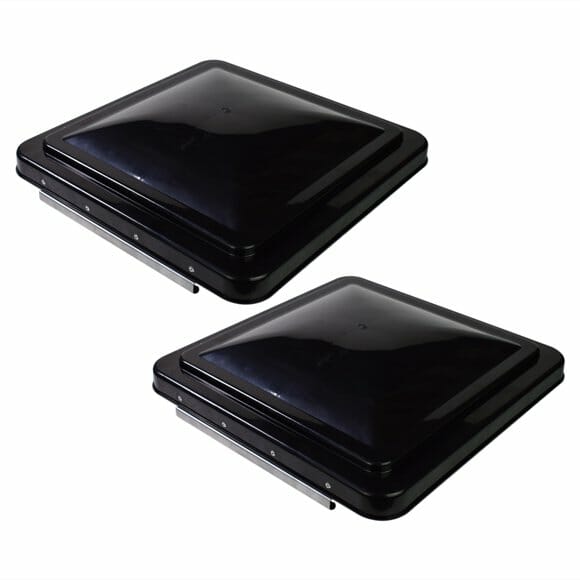
Benefits
a. Durable and long-lasting protection: Slide-in vent covers are a great option for RV owners looking for a long-lasting solution to protect their vents. The longevity of slide-in vent covers is one of their primary advantages. It is intended to be a more permanent installation. They need minimal care once placed and may survive for years.
b. Maintain the temperature: In addition to providing weather protection, slide-in vent covers may improve the energy efficiency of your RV. These coverings may help keep your RV cooler in the summer and warmer in the winter by filtering out direct sunlight and keeping air from escaping through the vents.
4. Louvered Vent Covers
Vent covers with louvers are typically made from aluminum or high-density polyethylene, which are resistant to UV radiation, wind, and rain. These are available in a range of sizes to accommodate most conventional RV vents. They’re a popular option for RV owners who want more control over their ventilation. To manage the quantity of air that travels through the vent, these coverings contain slats that can be opened and closed. They are a good alternative for RV owners who want more control over their ventilation and protection from the outdoors.
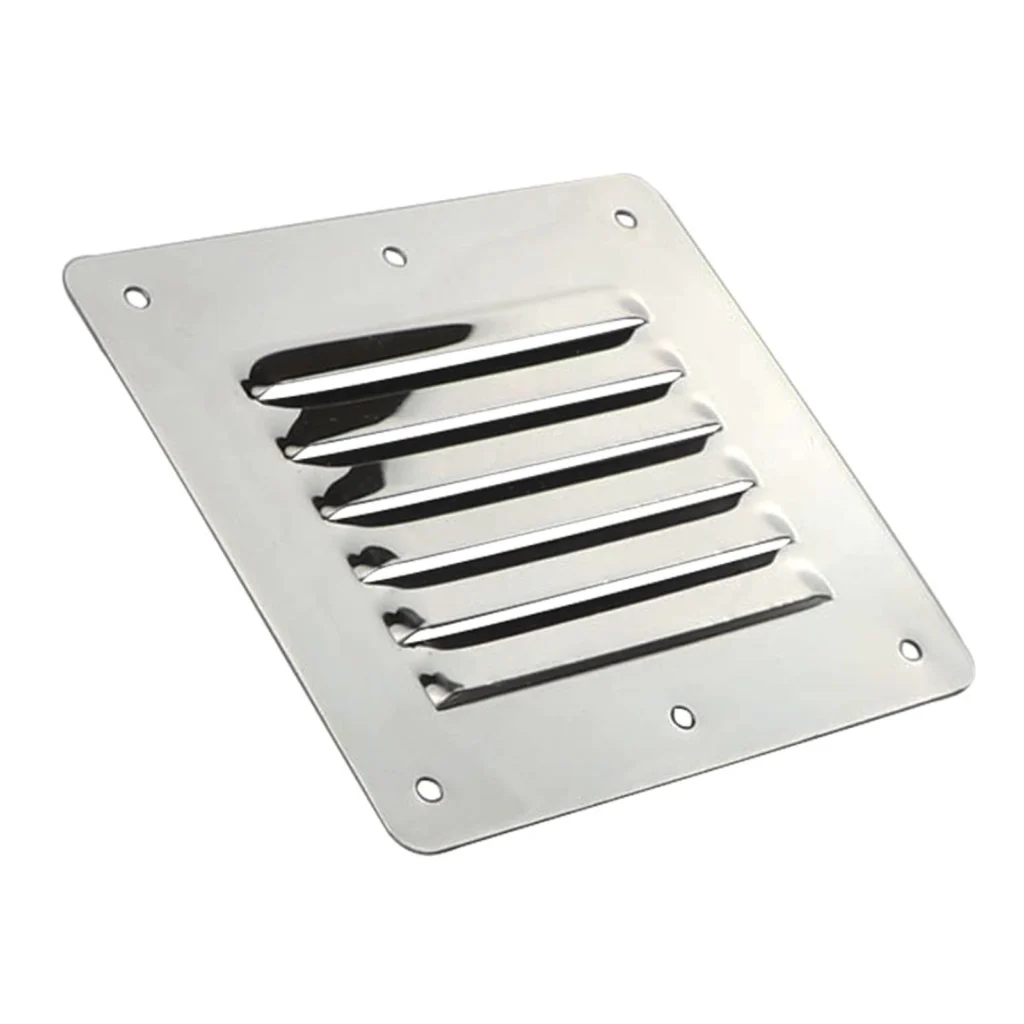
benefits:
a. Regulate Airflow and Protect Your RV: The ability to regulate the quantity of air that flows through the vent is one of the main advantages of louvered vent covers. In hot, humid locations, this is particularly useful for increasing ventilation to keep the RV cool and comfortable. You may change the slats to boost or reduce the airflow as desired.
b. Protection: Louvered vent covers not only manage airflow but also protect against the weather. These aid with the prevention of rain, wind, and debris entering the RV via the vent.
5. Aerodynamic Vent Covers:
Aerodynamic vent covers are designed to improve a vehicle’s aerodynamics by reducing wind resistance and drag when air flows over the vehicle. This may lead to a better gas economy, which can save you money on gasoline expenditures over time, particularly if you travel often.
Aerodynamic vent covers are often constructed of lightweight materials such as plastic or composites. They are meant to be simple to install and may be tailored to certain vehicle types. Some coverings are particularly built for RVs, trailers, and other big vehicles.
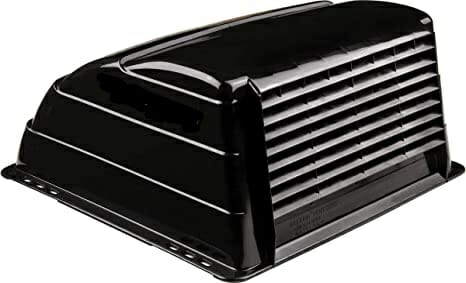
benefits:
a. Improving Gas Efficiency and Reducing Wind Noise: Aerodynamic vent covers may help minimize wind noise while driving in addition to boosting gas efficiency. They may help keep garbage and other environmental variables away from your vents and other outside components.
Aerodynamic vent covers might have some benefits, but not every driver or vehicle may be a good fit for them. Aerodynamic improvements’ efficiency may be influenced by factors such as the shape and size of your vehicle, as well as your driving style.
Conclusion
Selecting the correct RV vent cover is a crucial choice that may have a big influence on your vehicle’s protection and lifetime. You can guarantee a perfect fit and optimum protection by taking into account elements such as the size and kind of vents on your RV, as well as the quality and durability of the cover. Before choosing a cover, take the time to thoroughly measure your vents and purchase a cover that fits the measurements of your vents. This ensures that the cover fits tightly and securely, keeping dirt, insects, and other environmental elements out of your vents. It is also critical to choose a cover constructed of long-lasting, high-quality materials that can survive exposure to the weather. Look for a cover that is resistant to UV rays, rain, and wind, as well as one that provides proper ventilation and circulation to keep the inside of your RV cool and comfortable. By taking the time to choose the best RV vent cover, you may have better peace of mind knowing that your vehicle is safe and that you are getting the most bang for your buck.


